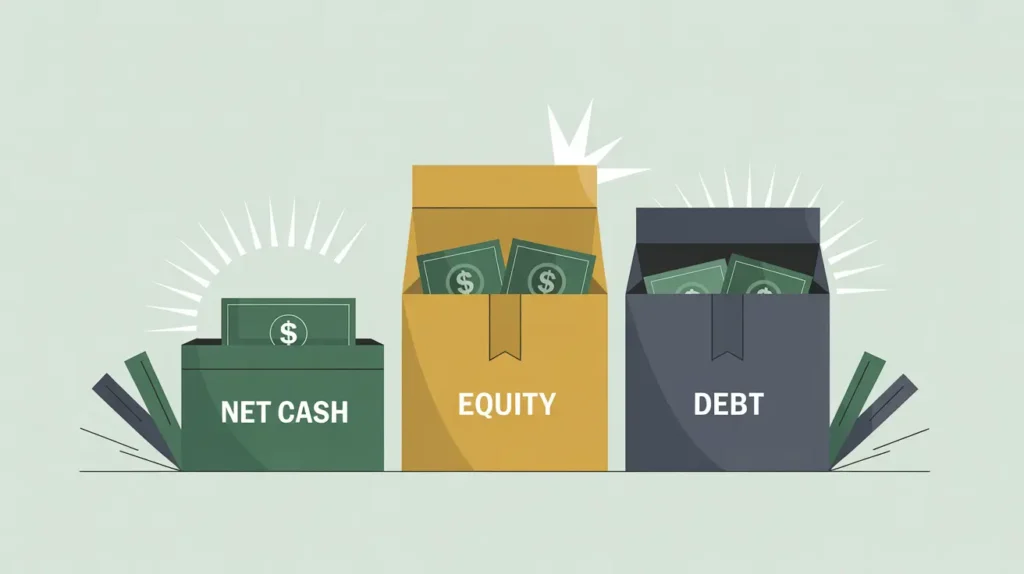Importance of Ending Cash and Cash Equivalents
Ending cash and cash equivalents represent the nonprofit’s liquidity at the close of a reporting period. This figure is one of the clearest indicators of an organization’s short-term financial health and ability to sustain operations. For nonprofits in social innovation and international development, ending cash is critical because it determines the resources available to fund programs, cover salaries, and meet obligations going into the next period. Boards, donors, and regulators often look at this number as a measure of stability, resilience, and readiness for future challenges or opportunities.
Definition and Features
Ending cash and cash equivalents are defined as the total liquid resources available at the end of the fiscal year or reporting cycle. They include cash on hand, bank account balances, and short-term, highly liquid investments with maturities of three months or less. This figure appears at the bottom of the Statement of Cash Flows and must reconcile with the cash line reported on the Statement of Financial Position. It differs from net assets, which represent cumulative resources, and from revenues, which reflect inflows, by focusing solely on immediately accessible funds.
How This Works in Practice
In practice, the ending cash balance is calculated by starting with beginning cash and cash equivalents and adding or subtracting net cash from operating, investing, and financing activities. For example, if a nonprofit began the year with $500,000 and generated a net cash increase of $250,000, its ending cash balance would be $750,000. Finance teams ensure that this figure ties directly to the balance sheet and use it to assess liquidity ratios such as months of cash on hand. Boards often evaluate whether ending cash aligns with reserve policies, donor restrictions, and the cash needs of upcoming programs.
Implications for Social Innovation
For nonprofits in social innovation and international development, ending cash and cash equivalents are a vital measure of capacity and trustworthiness. A healthy balance signals to funders and partners that the organization can manage risks, sustain commitments, and pursue innovation. Conversely, persistently low or negative balances may suggest vulnerability to funding delays or financial mismanagement. Transparent reporting reduces information asymmetry by showing stakeholders exactly how much liquidity the organization retains at year’s end. By managing and communicating ending cash effectively, nonprofits reinforce accountability, build donor confidence, and ensure that they are positioned to deliver lasting social impact in the next operating cycle.







